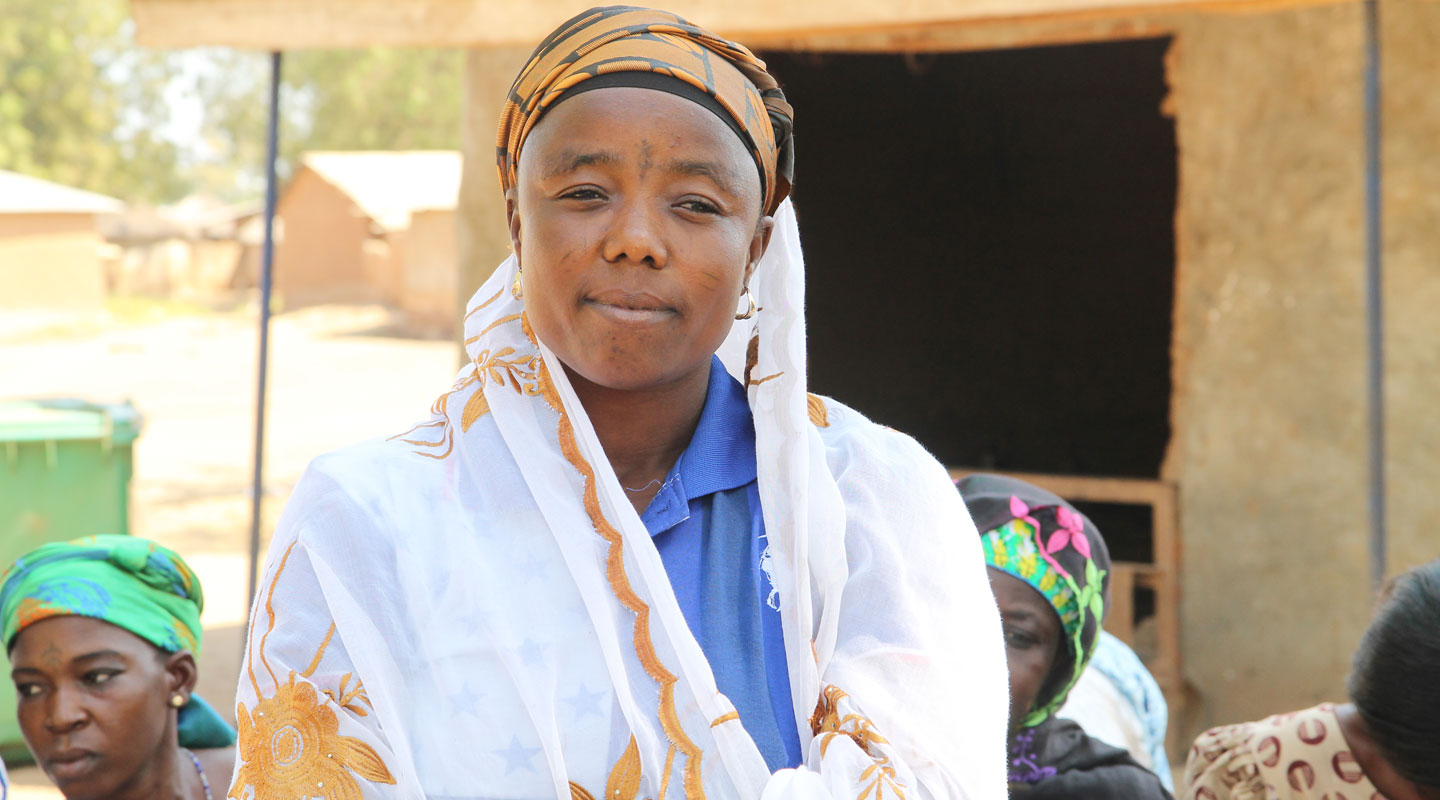New operational guidelines for Pro-Poor Value Chain Development help IFAD reach the poorest
IFAD Asset Request Portlet
Asset Publisher
New operational guidelines for Pro-Poor Value Chain Development help IFAD reach the poorest
By Mylene Kherallah, Nadhem Mtimet, Nerina Muzurovic

Like many women in rural Ghana, Nafisa Hardi had farmed a plot of land for years that was less than an acre in size. Working on such a small scale, it was very hard for her to feed her eight children.
Then, in 2011, she and the other women in the northern village of Bumbongnayili joined the District Value Chain Committee (DVCC) of the Northern Rural Growth Programme, a value chain project supported by IFAD, the African Development Bank and the Government of Ghana.
The results were impressive: “My life has changed completely, and poverty is now history,” says Nafisa.
A value chain is a vertical alliance of stakeholders and enterprises collaborating to bring a product from inception to market. A pro-poor value chain intervention promotes the inclusion and empowerment of poor people in value chains, with a view to increasing their income and improving their well-being. In many cases, pro-poor value chain development projects supported by IFAD have offered a relevant and sustainable approach in the fight against poverty.
However, not every value chain project is designed to incorporate very poor people like Nafisa - and not all projects designed to include the very poor are best approached through a value chain model. In some projects, you may need to focus on livelihood approaches, on graduation models, or on access to assets and skills, and not use a value chain approach to reach out to your target groups.
It really depends on your target group. Does the target group have the capacity, opportunities, and assets to be able to participate in these value chains?
To help ensure that more value chain projects do reach people like Nafisa, IFAD has designed operational guidelines for its engagement in Pro-Poor Value Chain Development.
It is crucial not only to understand who your target group is, but also to keep in mind that the participation of the poor in value chains does not have to be at the production level. Participation can take place at any stage along the value chain. Jobs can be created in areas as diverse as input supply, storage, transport, equipment repair and machinery operation.
Because there are many categories of poverty and many kinds of social groups, the new pro-poor guidelines outline ways to prioritize different target groups in the value chain. Poverty and situation analysis are really important.
For example, when it comes to the very poor or women with large households, some commodities are better suited than others as value chain targets. Chicken and other poultry birds, for example, are very well suited for people who have limited access to land, or for women who have many household chores.
Certainly, access to land is one of several major restrictions that pro-poor value chain development projects must take into account. But in a value chain approach, when you bring all the actors together in a multi-stakeholder platform, for example, issues and constraints can be discussed and solutions can be found.
Another major restriction is access to finance. Turning to value chain finance to make working capital accessible to small-scale producers is one potential solution. For Nafisa and her colleagues, for example, joining a value chain project meant they were able to tap into much-needed financial services. Using a cashless credit model, these farmers bought fertilizer, seeds, and services on credit, and were able to open bank accounts for the first time.
Their investments have more than paid off. “Today, each of us cultivates at least six acres of maize or soya bean,” says Nafisa, who has recently built a four-bedroom home. Other women in the project report being able to feed their families three meals a day, send their children to school, and even afford new school uniforms.
“With the money we earn, we’ve managed to pay back our loan without a problem,” says Nafisa, adding that the training they received on how to use savings and credit further enabled them to absorb the shock of a drought that occurred in 2014 and 2015.
In Ghana, the value chain model has helped build solid relationships among farmer organizations, input dealers, service providers, buyers, and the rural bank, showing that even the poorest can be brought into commercial value chains if extra support is provided.
Publication date: 18 May 2021

